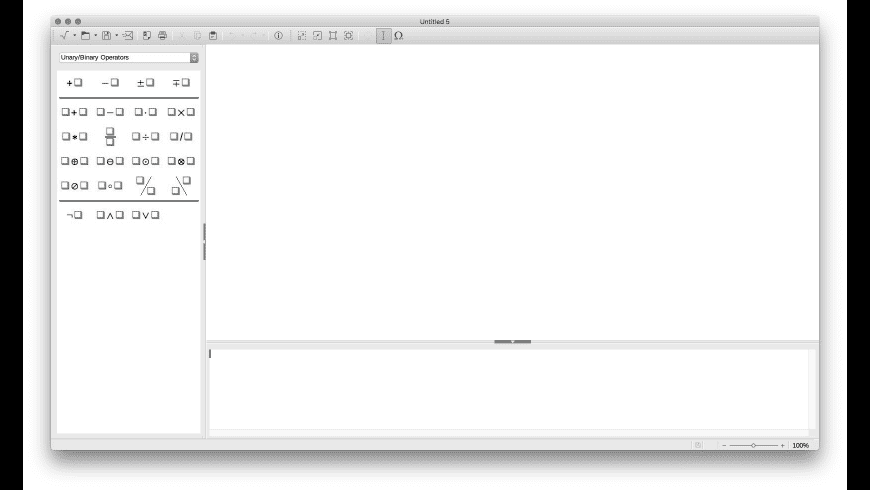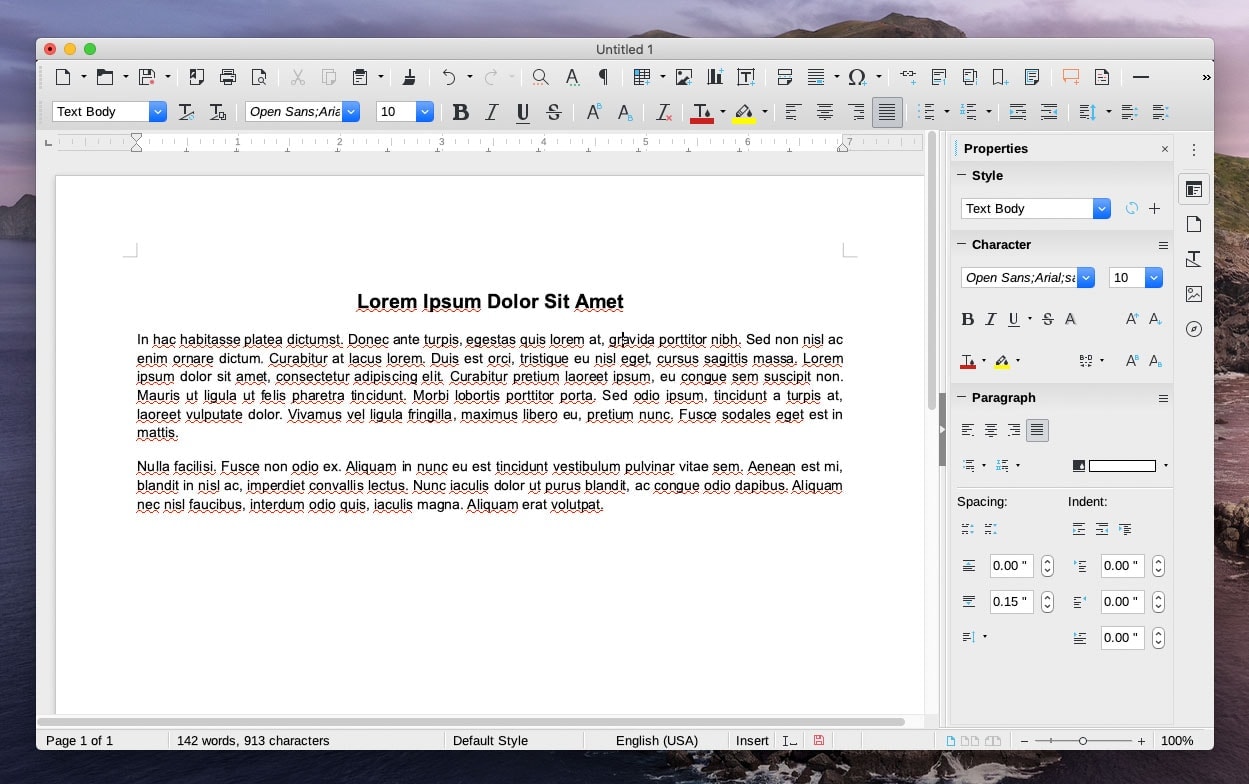Apple has released macOS 10.15 Catalina on October 7, 2019. Mac apps, installer packages and kernel extensions that are signed with a Developer ID must be notarized by Apple to run on macOS Catalina. Although we have duly followed the instructions, when users launch LibreOffice 6.3.x – which has been notarized by Apple – the system shows the following scary message: LibreOffice.app cannot be opened because the developer cannot be verified, and provides only two options: Move to Bin (delete) and Cancel (revert the operation, i.e. do not run LibreOffice). Of course, this represents a problem for all Mac users who rely on LibreOffice for their office documents after they have upgraded to macOS Catalina.
Catalina has been released and LibreOffice is known to run on Catalina (though there are some app verification issues related to non-Apple application and developer notarization). Opaque ( 2019-10-23 10:54:23 +0100 ) edit. LibreOffice vs OpenOffice; Templates & Extensions; Who uses LibreOffice? Screenshots; Download. Download LibreOffice; Business users: click here; LibreOffice for Android and iOS; App Stores and Chromebooks; Release Notes; Development versions; Portable versions; LibreOffice as Flatpak; LibreOffice as Snap; LibreOffice as AppImage; LibreOffice. New to Mac: Catalina Edition is my tutorial for anyone who is new to the Mac, thinking about switching to Mac from Windows, or anyone who just needs to brush. This video gives an overview of the right-click menu for the LibreOffice icon when it is in the Mac OSX dock. The video also can be applied to LibreOffice Va.
To solve the issue and bypass the block, the user has to right-click with the mouse (or press Control on the keyboard while clicking with the mouse) on the LibreOffice icon and select Open. The system will show a less scary message: macOS cannot verify the developer of LibreOffice.app. Are you sure you want to open it?, and will eventually provide the Open option to launch LibreOffice.
There is also another solution, which does not bypass Gatekeeper forcing macOS Catalina to open LibreOffice as the solution just described (which is perfectly safe, in any case).
When the first scary message is on screen, the user has to click first on Cancel to close the window and then on the Apple menu to open the System Preferences window. Here the user has to open Security & Privacy and click on the Open Anyway button on the right side of the message LibreOffice.app was blocked from use because it is not from an identified developer to launch LibreOffice. Both solutions authorize LibreOffice to run without further authorizations. Of course, we will try to sort out the issue with Apple, in order to avoid similar issues in the future with macOS Catalina.
IMPORTANT NOTE: Screenshots have been grabbed while installing LibreOfficeDev.app (LibreOffice 6.4 Alpha) instead of LibreOffice.app, but do reproduce the same windows.
Libreoffice Per Mac Catalina

To complete the article, four screenshots of LibreOffice Writer, LibreOffice Calc, LibreOffice Impress and LibreOffice Draw (version 6.3.3.1) running on macOS Catalina.

Libreoffice For Mac Catalina
Related
Operating system updates, be they for Windows, Linux, or macOS, sometime cause app issues on the devices where they are installed, especially if the apps in question haven’t received updates in a long time.
This isn’t necessarily surprising, as companies like Microsoft and Apple continue improving their operating systems with new features, and without the necessary updates and optimizations, app could eventually fail to work correctly on a series of devices.
In fact, app compatibility issues have always been the main concern, and this is the reason app updates are must-haves these days.
But there are moments when compatibility isn’t the one breaking down apps, but rather blunders that the developers of the operating system updates do in the first place. One such example is Apple, as the latest macOS update makes it harder (not impossible, though) to run the LibreOffice productivity suite.
As many of you know, LibreOffice has long been the main alternative to Microsoft’s more expensive Office productivity suite, and this product is being used not only by home users, but also by organizations and even state agencies across the world.
Unfortunately, however, devices updated to macOS 10.15 Catalina might be unable to run LibreOffice due to what The Document Foundation (the makers of LibreOffice) describes as an issue with the developer not being verified.


“Mac apps, installer packages and kernel extensions that are signed with a Developer ID must be notarized by Apple to run on macOS Catalina. Although we have duly followed the instructions, when users launch LibreOffice 6.3.x – which has been notarized by Apple – the system shows the following scary message: LibreOffice.app cannot be opened because the developer cannot be verified,” the company explains.
Libreoffice For Apple
Basically, once you see this message on the screen, there are only two options that you can use, namely Move to Bin and Cancel. None allows you to bypass the warning and launch LibreOffice.
Libreoffice For Mac Download

Fortunately, there are two workarounds, and both allow you to run LibreOffice normally until The Document Foundation is working with Apple on resolving the problem.
First and foremost, there’s the more convenient solution that only requires a few more clicks:
Right-click/Ctrl on the keyboard LibreOffice icon > Open
macOS cannot verify the developer of LibreOffice.app. Are you sure you want to open it?
Launch LibreOffice > Get original warning > Click Cancel > Apple menu > System Preferences > Security & Privacy > Open Anyway for LibreOffice warning
At this point, there’s no ETA as to when a fix could be released to let you launch LibreOffice on macOS Catalina without having to turn to these workarounds, but it shouldn’t take too long before it lands because TDF is already a trusted developer.
The same issue affects all versions of LibreOffice, including the 6.4. alpha builds, so you need to apply the workarounds mentioned above regardless of the version that you installed on your Mac. We’ll continue to monitor how things improve this regard and let you know when the fix is no longer required.
